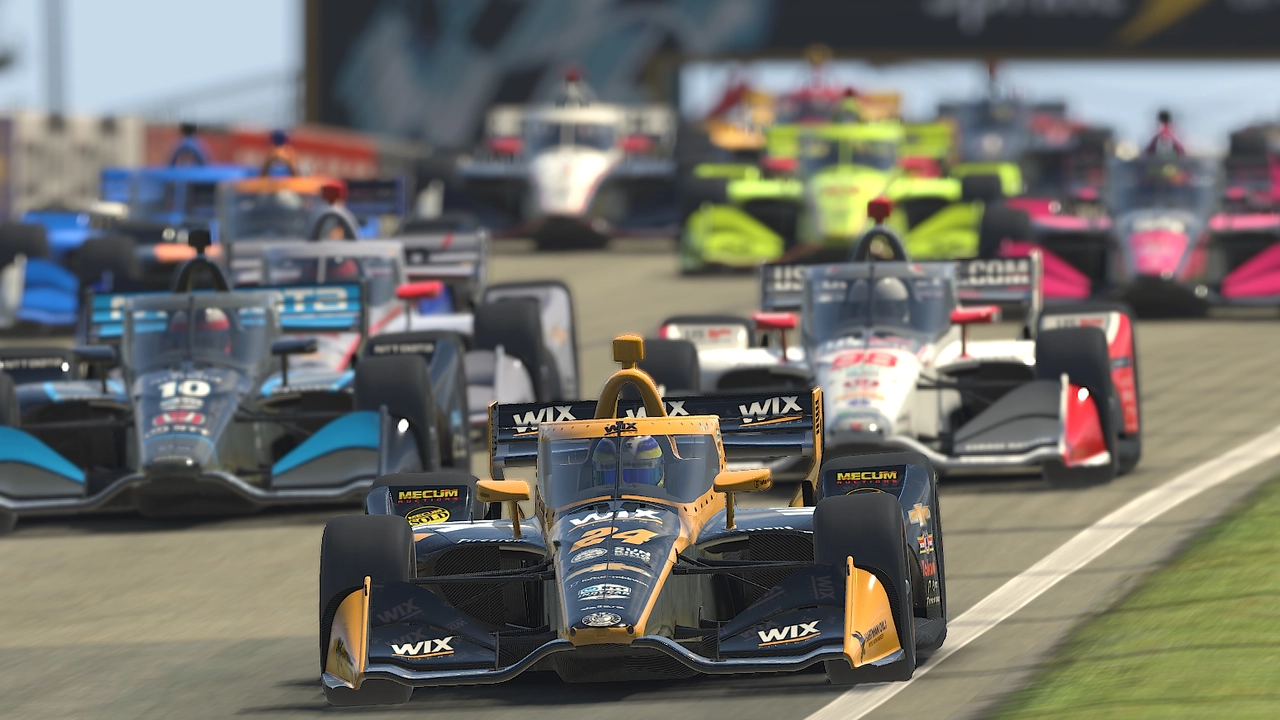European Views on NASCAR & IndyCar: What the Continent Really Thinks
Ever wondered why you hear so much chatter about Formula 1 in Europe but barely a whisper about NASCAR or IndyCar? You're not alone. Many fans across the UK, Germany, Italy and beyond treat the American oval series like a curiosity rather than a mainstream sport. In this article we break down the biggest reasons behind that mindset and look at the signs that interest is finally shifting.
Why NASCAR feels foreign in Europe
First off, the track layout is a major factor. Europeans grew up watching races on twisty circuits with elevation changes – think Silverstone or Monza. Those corners demand precision, downforce and a deep understanding of tire wear. NASCAR, on the other hand, mostly runs on high‑banked ovals where the key is sheer speed, drafting, and a whole different set of rules. That contrast makes it hard for someone used to F1’s technical nuance to instantly appreciate the thrill of a 500‑mile dash.
Then there’s the cultural baggage. NASCAR’s roots lie in American stock‑car culture, regional sponsors, and traditions that rarely translate overseas. The branding, the fan chants, even the food at the track feel distinctly US. When a European fan hears “stock car”, the mind jumps to muscle cars and southern pride, not the sleek single‑seaters they’re used to. That distance creates a mental barrier before they even watch a race.
Media coverage also plays a role. In most European sports outlets, NASCAR and IndyCar get a tiny slot, if any. Without regular highlights or analysis, the sports stay on the periphery. Fans rely on word‑of‑mouth or occasional streaming clips, which rarely build the deep narratives that keep audiences hooked week after week.
Growing curiosity and streaming boost
Despite those hurdles, a noticeable shift is happening. The rise of affordable streaming platforms means anyone with an internet connection can catch a live IndyCar race or a NASCAR bomb‑drop from the comfort of their couch. Once you see the side‑by‑side battles, the strategic pit stops, and the sheer roar of a V8, the sport stops feeling like a foreign novelty and starts feeling like any other high‑octane competition.
Social media is another catalyst. Short clips of dramatic finishes or close‑quarter drafting go viral on TikTok and Instagram, reaching viewers who never set foot in a US garage. Those bite‑size moments spark curiosity and push people to explore full races. In fact, a recent poll on a UK motorsport forum showed that 23% of respondents said they started following IndyCar after a viral video of a dramatic last‑lap pass.
Finally, cross‑overs are bridging the gap. Several European drivers have dabbed their toes in IndyCar events, and American drivers occasionally test on European circuits. Those collaborations give fans a familiar face to latch onto, making the unfamiliar series feel more accessible.
So, what’s the takeaway? Europeans still see NASCAR and IndyCar as niche, but the gap is narrowing fast. The key drivers are easy access, shareable moments, and a growing number of cross‑continental stories. If you’re a fan in Bath or anywhere else in the UK, now’s a great time to give the American oval series a proper look – you might find a new favorite in the roar of a stock‑car engine.

What do Europeans think about NASCAR and IndyCar?
As a blogger, I've noted a range of opinions among Europeans on NASCAR and IndyCar. While some see them as uniquely American sports and struggle to understand their appeal, others are captivated by the adrenaline and strategy involved. The majority are familiar with Formula 1 and find it hard to compare, because NASCAR and IndyCar have a different style and set of rules. However, there's a growing interest in these sports, thanks to increased media coverage and the online streaming options. Still, it's safe to say that these sports are yet to gain the same popularity level as they have in the United States.